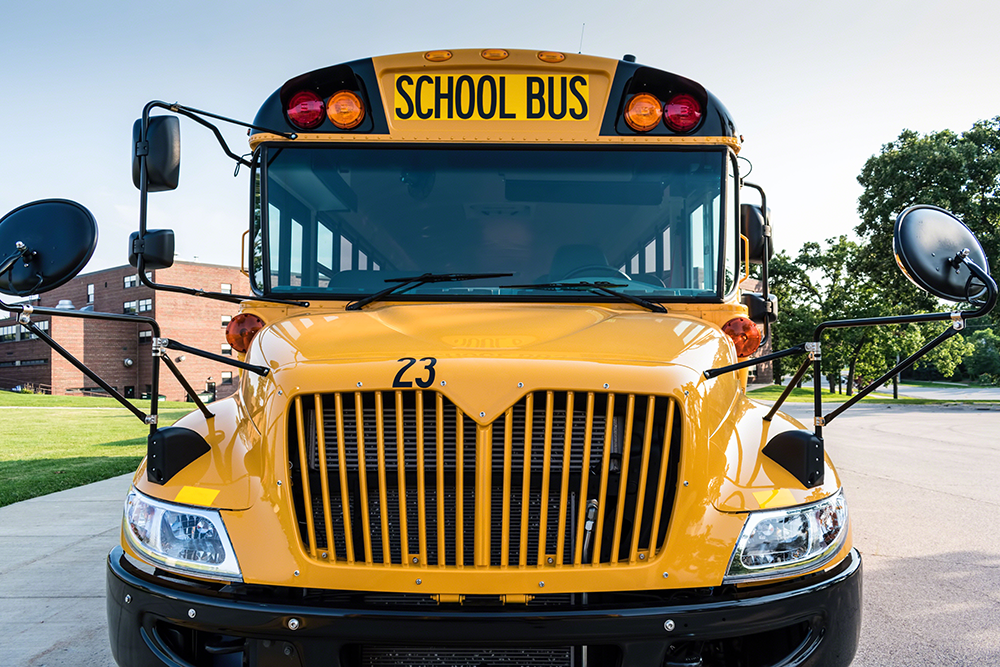THE BACKGROUND OF CHANGE
Learning in the time of COVID-19 has taken an unusual turn in the K to 12 education road. No one expected when the 2019-2020 school year started last August that homeschooling and public school would suddenly be forced into an intersection between the two education models that would emphasize and highlight homeschooling.
Geoff Spencer, Microsoft Asia Writer, wrote on June 17, 2020, that “Before COVID-19 disrupted our lives and forced kids to open their laptops and learn from home, the first day of school was a rite of passage – the start of a life-determining journey that has broadly followed the same shape and rhythm for generations. “
“This one-size-fits-all approach to education,” continues Spencer, “has been in place for a couple of hundred years. Now it is undergoing unprecedented change and not just because of COVID…. The push for change started long before the pandemic struck, and it will go on long after the threat subsides. For years, policymakers have been exploring new transformative approaches to K-12 education that go far beyond just online lessons at home.” (https://news.microsoft.com/apac/features/technology-in-schools-from-a-teaching-culture-to-a-learning-culture/)
BLENDING THE BEST OF TWO WORLDS
The increased emphasis on technology in K to 12 education is not only creating a new path forward for public school educators but is changing once-innovative approaches to homeschooling to focus more on tech-based lesson planning and curriculum approaches for homeschool parents and teachers. In other words, public school and home school are starting to look more the same than different. At least in terms of education methods and models.
At the beginning of March 2020, virtually all K to 12 students in the U.S. started a fulltime experiment in schooling at home. Public schools shut down and teachers immediately had to learn not only how to structure a remote learning experience for their students, but to look at the student learning experience as being more of a “hybrid” between classroom learning and homeschool learning.
Forbes contributor, Linda Darling-Hammond pointed out in a March 19, 2020 article that suddenly teachers did not have the ability to manage students in a face-to-face atmosphere, but had to reassess their goals as educators to delivering educational services “to the greatest degree possible.” She posed the clear question of “how… school systems that struggle to deliver equitable results in a standard brick and mortar setting can overcome the challenges inherent in distance learning?” (https://www.forbes.com/sites/colinseale/2020/03/17/distance-learning-during-the-coronavirus-pandemic-equity-and-access-questions-for-school-leaders/#7e3c6d521d4d)
For the foreseeable future, “distance learning” will involve students spending part of their time in socially-distanced classrooms, wearing face masks, eating lunch at their own desks, and staying in the same room with the same kids for the entire time they are in the building. The other hours of their week will most likely be focused in their own homes, completing lessons on a laptop or iPad, with one or both of their parents participating as part time teachers. A “hybrid” blending of home school and the traditional classroom experience.
HOW TO IMPROVE THE HYBRID EXPERIENCE
“Clear expectations are essential to make remote learning work,” writes Meredith Roe, Virtual School Program Manager for Catholic Education in Western Australia. In the current homeschool/traditional school experiment, clarification of expectations will have to include not only public school teachers and students but must factor in the expectations of the new job-sharing participants – home school parents. And it will be important for public school teachers to be open to learning from homeschool parents who have logged years of hands-on experience in non-traditional teaching and know just exactly what works best in school-at-home situations.
Turns out it’s more than just sending the kids home to study with mom for a couple of days a week. To quote Forbes’ contributor, Colin Seale, “these are not normal circumstances. Some working families are managing the double whammy of figuring out how to work remotely and how to be brand new home school parents.” He also points out that schools are going to be forced to “Reallocate resources to ensure someone is able to communicate with, train, and support parents who need to support their children in the distance learning environment.” (https://www.forbes.com/sites/colinseale/2020/03/17/distance-learning-during-the-coronavirus-pandemic-equity-and-access-questions-for-school-leaders/#7e3c6d521d4d)
It’s time for public schools to realize that parents will have to be treated more as equal partners in the education process than just as volunteers to run bake sales to raise money for school trips. And public school teachers should be open to working closely with experienced home school teachers in a partnership to make this new world of hybrid schooling work in the most beneficial way possible. Education leaders will have to begin to view home school parents as colleagues in discovering successful ways to connect parents directly to academics.
BRIDGING THE GAP
It sounds so easy! Let the kids learn part-time from home! Let the parents be the teachers! But making this hybrid arrangement work in a cultural atmosphere where the large percentage of parents must both work a 40-hour week is going to be not only a difficult change for families to make, but will be a very difficult “sell” to most parents. Public school teachers cannot do double duty as homeschool teachers. To bridge this gap, working parents may find it necessary to provide their children with additional resources on “homeschooling” days.
This is where parents with homeschool teaching expertise may become invaluable to both the existing school system and to stressed parents who are not ready to be teachers. Schools should allocate budget resources to engage a “teachers’ corps” of seasoned homeschoolers that can be hired as liaisons to “take the load off” parents in their homes, create a partnership between homeschooling and public schools, and play an integral role in transitioning K to 12 education in the U.S. to the new world. A world that, while not wholly created by the Coronavirus, was surely “kick-started” when the pandemic arrived. A new world that is here to stay.

